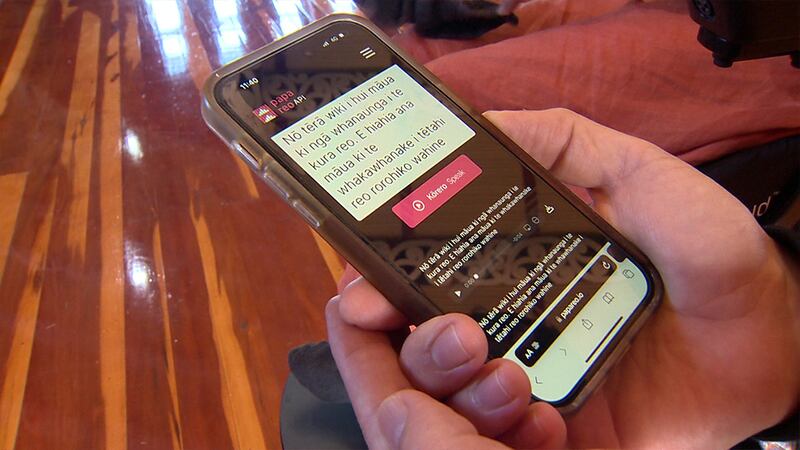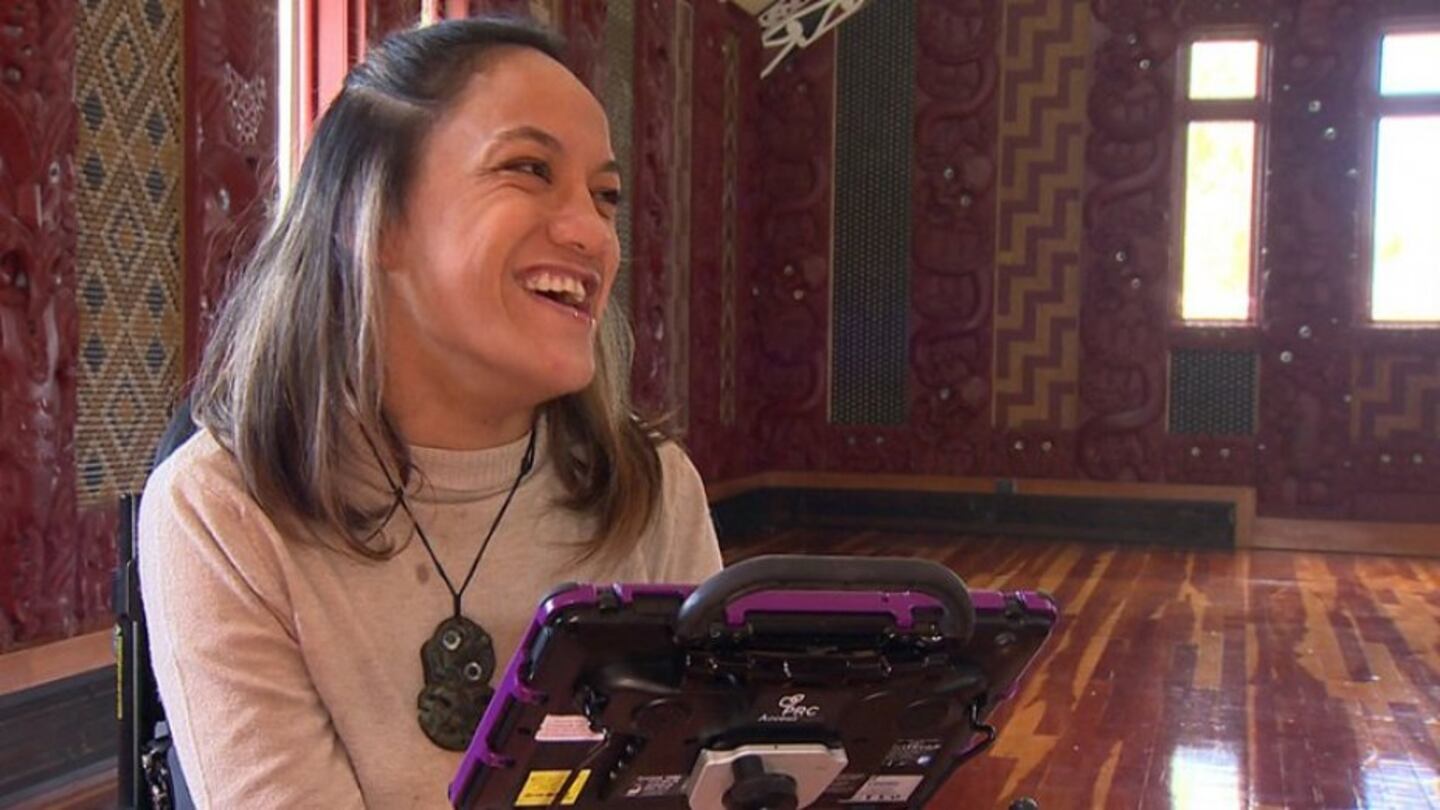“I can comprehend and understand what is being said in te reo Māori. I just can’t converse,” says Geneva Hakaraia Tino (Ngāpuhi, Te Aupouri and Ngāti Awa).
Hakaraia is non-speaking and her condition is due to athetoid cerebral palsy. The shortcomings of current technology mean she's unable to say what she thinks in Māori. "This is because the voices currently available do not have the capability to convert written te reo into intelligible speech," she says.
But a synthetic Māori language voice is being developed by Te Hiku Media, TalkLink and Te Puni Kōkiri, for people who can't speak.
Te Hiku Media chief executive Peter-Lucas Jones says, "Kua roa e Geneva e aru ana i tētahi tikanga e uru ai tētahi reo rorohiko ki runga ki te pūnaha o te mīhini e whakamahia ana e ia hei kawe ōna nei whakaaro ki te ao," (Geneva has been looking for a computer system she could use to carry her thoughts to the world for a long time.)l
According to Jones, Te Hiku Media, the radio voice of the Far North, had been developing an application interface that converts speech to text. And this project will use the reverse technology- an API that will seek to convert written text to speech.
For Hakaraia Tino, who is also an ambassador for Talk Link, having a te reo synthetic voice will support the "non-speaking people in being heard and seen within their iwi, hapu and te reo Māori." It will allow future generations to attain Māori education and be part of their culture from a young age, she says.

"We are in phase one," says Peter-Lucas Jones, and there is some way to go before the technology is ready for use.
Jones says that although the focus was on non-speaking people, "there are also the blind and the deaf. And we could possibly seek a way for this API to serve everyone."
The synthetic voice is still in development,but Hakaraia Tino hopes the device will be ready for use in some form towards the end of next year.


